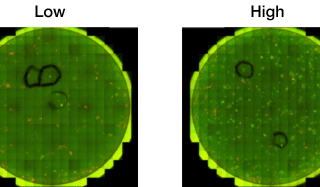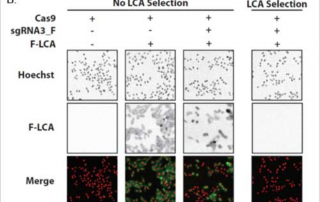Craft brewers enhance brewing process and product taste using the Cellometer X1 and X2 instruments
Avery Brewing Company in Boulder, Colorado has introduced a Cellometer to their brewing process, improving their procedures, as well as the product’s taste and quality. The Cellometer is employed as a quality control check over the yeast cells inside the facility’s fermenters. Making sure the yeast cells fermenting the beer are healthy and enzymatically active ensures a high quality product, with fewer mutated and/or dying cells that can negatively affect the beer’s flavor. Adam, the owner of Avery Brewing Co. says that the Cellometer has “changed the way we made beer and it also changed the way our beer tastes”. Watch this episode of [...]


